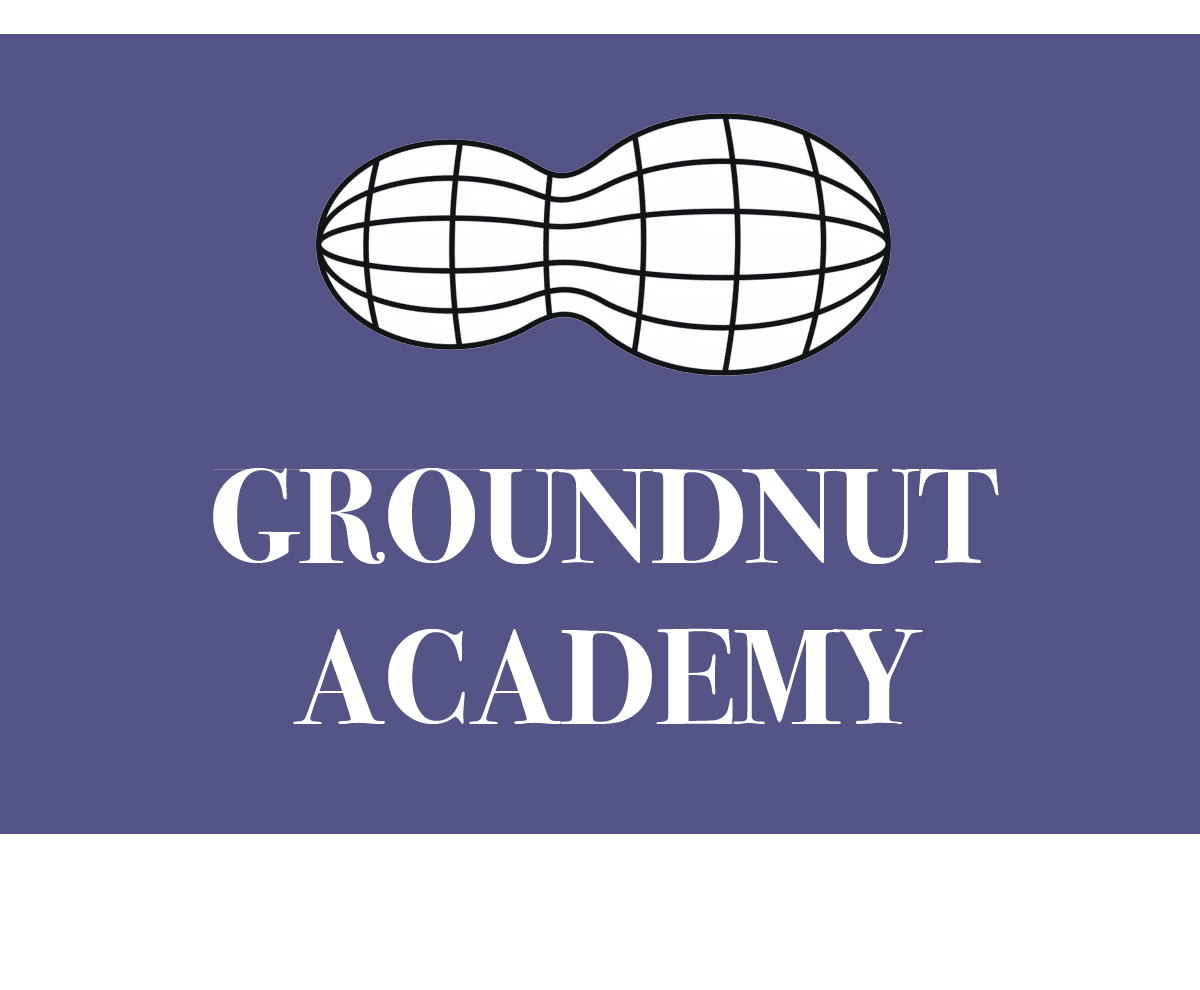Definitions
Hazard Analysis: the process of collecting and evaluating information to identify food safety hazards that require a preventive control.
Known or reasonably foreseeable hazard: a biological, chemical (including radiological), or physical agent that is known to be, or has the potential to be, associated with the facility or the food.
Hazard requiring a preventive control: a hazard for which a knowledgeable person who based on the hazard analysis (which includes assessment of possible severity of illness or injury and the probability of occurrence) would establish controls to minimize or prevent the hazard.
Preventive controls: procedures, practices, and processes employed to significantly minimize or prevent hazards.
Kill step: a point in processing that exposes the product to conditions that inactivate a pathogen.
Hygienic Zoning: designations for each area in a processing facility, relative to the risk it holds for food safety hazards. These zones usually are specified as: Non-manufacturing area, transition area, basic GMP area, primary pathogen control area, or sensitive/high hygiene restricted access area.
Objectives
In this lesson you will learn:
- Preliminary steps for developing a food safety plan
- The steps to:
- Conduct a hazard analysis
- Identify hazards requiring a preventive control
- Identify the types of preventive controls that can be used for hazards requiring a preventive control

